Idrw Team
SOURCE: IDRW.ORG TEAM
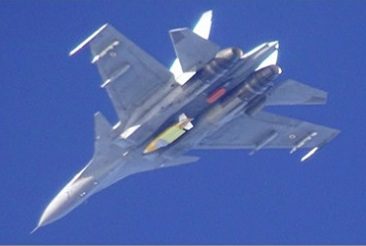
The Armament Research and Development Establishment (ARDE) has initiated an open tender process to select two Design and Development Partners (DcPPs) for the development of a 1000kg General Purpose (GP) bomb. This crucial project aims to enhance the Indian Armed Forces’ capabilities.
Multiple prominent defense and industrial entities have responded to ARDE’s call for proposals, submitting their techno-commercial bids along with the requisite Earnest Money Deposit (EMD) and registration certificates.
Continue readingSOURCE: IDRW.ORG
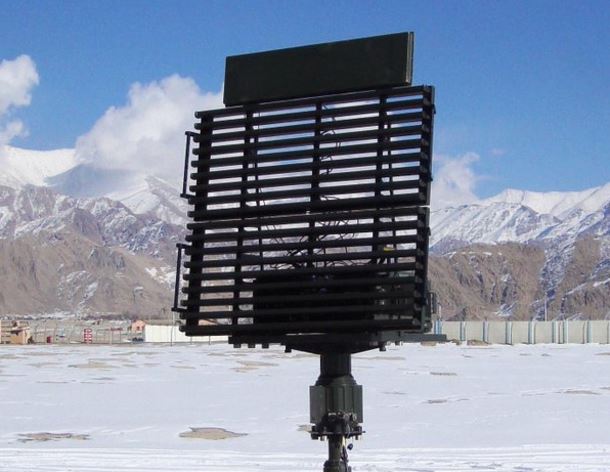
The Ministry of Defence, Government of India, has announced its intention to procure a state-of-the-art, man-portable, and compact Light Weight Passive Detection & Counter Measure System (LWPD-CMS). This advanced system aims to enhance the Indian Army’s capabilities in detecting, classifying, and countering various UAV threats, particularly in light of recent conflicts that have demonstrated the effectiveness of UAVs, UCAVs, loitering munitions, and commercial drones.
The Indian Army plans to integrate between 30 and 50 units of the LWPD-CMS with its existing 3D Tactical Control Radars (TCR) and Low-Level Light Weight Radars (LLLWR) to boost their operational capability and survivability. The Ministry invites companies, firms, and vendors to submit detailed information about their products that meet or exceed the specified parameters.
Continue readingSOURCE: IDRW.ORG TEAM
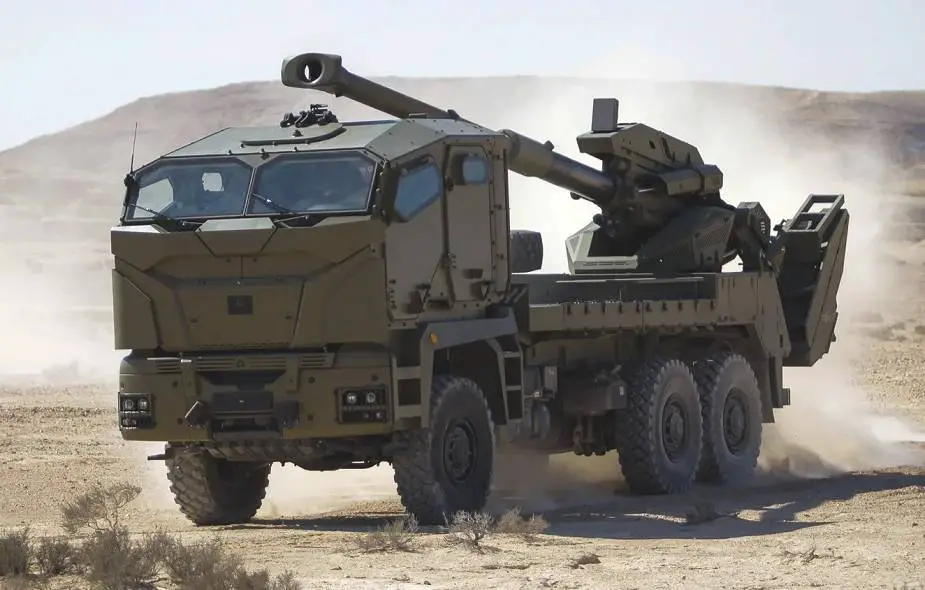
The Indian Army is gearing up for a crucial phase in its modernization drive as the much-anticipated Mounted Gun System (MGS) project moves closer to user trials. After issuing a Request for Proposal (RFP), the Army is currently meticulously evaluating the bids submitted by various domestic defense giants for this substantial order of 814 MGS.
Leading the pack is Kalyani Strategic Systems Limited, which has proposed a 155/52 MGS based on the successful Advanced Towed Artillery Gun System (ATAGS). This indigenously developed platform has already demonstrated its capabilities and is now set to undergo rigorous user trials to prove its mettle in the mounted configuration.
Continue readingSOURCE: IDRW.ORG
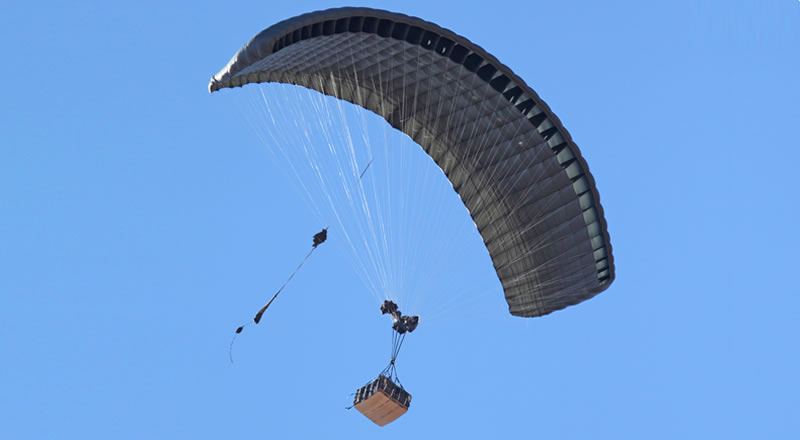
The Ordnance Parachute Factory (OPF) in Kanpur, a unit under Gliders India Limited (GIL), is gearing up for a groundbreaking project – the production of India’s first GPS-equipped guided supply drop parachutes. This innovation mirrors the precision guidance technology used in missiles, but adapted for delivering critical military supplies.
The new GPS-guided parachutes will revolutionize the way the Indian Army delivers supplies to remote or inaccessible locations. With the capability to handle loads up to one ton, these parachutes will ensure pinpoint delivery of essential equipment to troops on the ground.
Continue readingSOURCE: IDRW.ORG
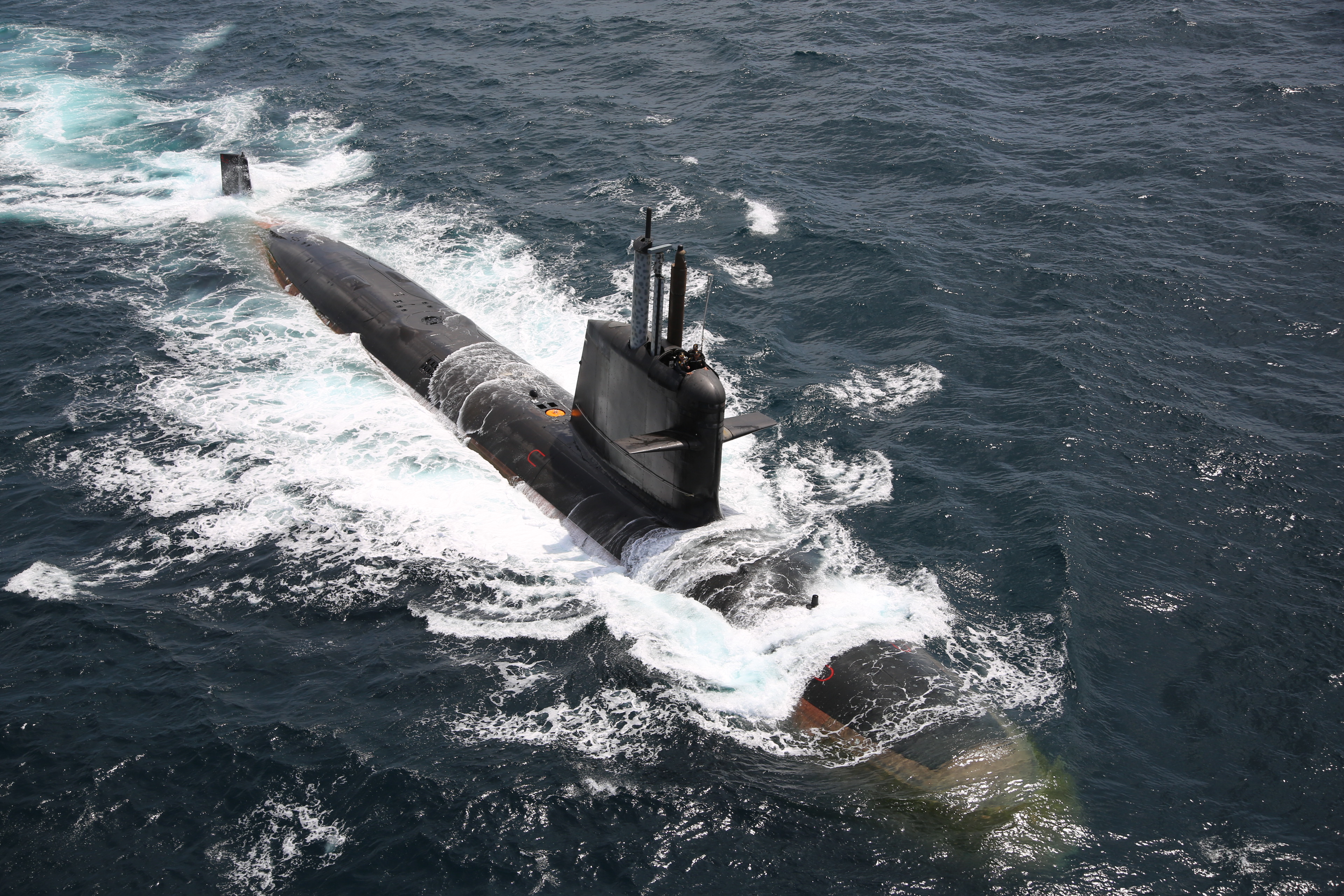
India’s quest for a stronger underwater presence is gaining momentum. Talks are underway between the Indian Navy and Naval Group for the procurement of three additional Scorpene submarines, according to Rear Admiral Rahul Kumar Shrawat (retd.), Chairman and Managing Director of Naval Group in India.
This new deal promises a significant boost to India’s indigenous defense capabilities. The agreement aims for a staggering 60% indigenous content in the submarines, marking a substantial leap from previous projects.
Continue readingSOURCE: IDRW.ORG
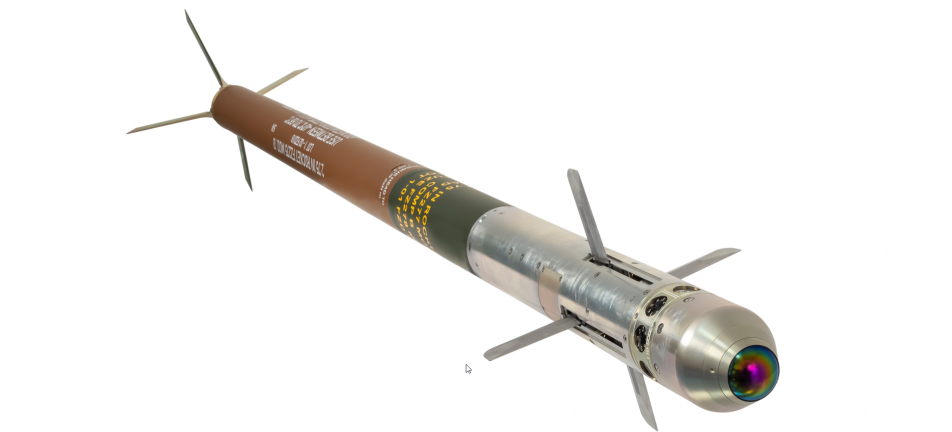
In a significant move towards self-reliance in defense manufacturing, India’s Adani Defence and Aerospace has joined forces with French giant Thales to produce two cutting-edge 70mm rocket systems within India. This collaboration will see the FZ275 Laser-Guided Rocket (LGR) and the FZ90 unguided Folding Fin Aircraft Rocket (FFAR) manufactured locally.
Under the agreement, Adani Defence will act as the prime integrator, responsible for overseeing the entire production process in India. This signifies a critical step towards India’s “Make in India” initiative, fostering domestic defense capabilities and reducing reliance on foreign imports.
Continue readingSOURCE: IDRW.ORG TEAM

The Defence Research and Development Organisation (DRDO) has confirmed the upcoming induction of the Astra MkII, a new Beyond Visual Range (BVR) air-to-air missile, into the Indian Air Force (IAF). Dr. Samir V. Kamat, Secretary, Department of Defence R&D and Chairman, DRDO, made the announcement, corroborating an earlier report by idrw.org.
The Astra MkII is expected to significantly enhance the IAF’s BVR combat capabilities. According to Dr. Kamat, the missile will be inducted within the next 2-3 years. This timeline aligns with idrw.org’s report suggesting user trials are set to begin later this year with production-ready configurations launched from Su-30MKI fighter jets.
Continue readingSOURCE: IDRW.ORG

The Gas Turbine Research Establishment (GTRE), a Bengaluru-based laboratory of DRDO, has partnered with ChiStats Labs, a data science and AI startup, to develop a revolutionary system for Aero Gas Turbine Engine (AGTE) health monitoring. This project leverages cutting-edge virtual sensors and artificial intelligence to ensure optimal engine performance and longevity.
This groundbreaking initiative focuses on creating a comprehensive diagnostic system for AGTEs. The system, built on a robust foundation of AI and Machine Learning (AI/ML), efficiently handles the massive amount of data generated by these engines. This allows for rapid and highly accurate operational assessments, leading to better-informed maintenance decisions. The virtual sensor framework, being developed indigenously, represents a significant leap forward in engine health monitoring.
Continue readingSOURCE: IDRW.ORG

The competition to supply India’s next-generation submarines heats up as Thyssenkrupp Marine Systems (TKMS) India highlights its edge over rivals. During a press conference in New Delhi, Mr. Khalil Rahman, head of TKMS India, made a clear case for their T-214 submarine.
Rahman’s focus centered on the critical Air-Independent Propulsion (AIP) system, a key factor for underwater endurance. He emphasized that TKMS offered the most crucial aspect: a navy-proven system. The Indian Navy team that conducted Field Evaluation Trials (FET) in Germany reportedly witnessed the T-212 submarine’s operational AIP system, demonstrating its seaworthiness.
Continue readingSOURCE: IDRW.ORG
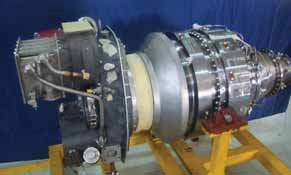
Hope springs eternal for the much-anticipated 1200kW Turboshaft Engine being developed by Hindustan Aeronautics Limited (HAL). According to company sources and the idrw team, the engine’s certification could be achieved by 2026, marking a significant milestone in Indian helicopter engine development.
The 1200kW engine, designated HTSE-1200, is designed to be the powerhouse for future light and medium-weight helicopters in the 3 to 6-ton category. This indigenous engine holds the potential to revolutionize Indian helicopter operations, reducing dependence on foreign suppliers and enhancing self-reliance.
Continue readingSOURCE: IDRW.ORG
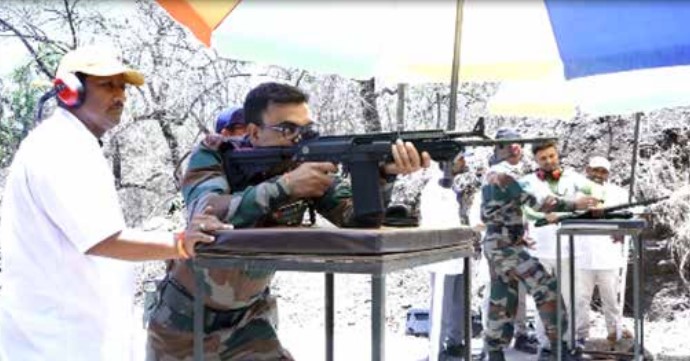
The Indian Armed Forces are undergoing a significant shift in their primary infantry weapon, transitioning from the 5.56mm INSAS rifle to the new 7.62mm caliber Ugram assault rifle. This change reflects a strategic move back towards a “shoot to kill” doctrine, prioritizing stopping power over incapacitation.
The assault rifle has been a mainstay for frontline soldiers for decades. In India, the military transitioned from the bulky 7.62mm SLR to the lighter 5.56mm INSAS rifle. This shift was partly driven by a change in doctrine, emphasizing incapacitating enemy combatants to reduce battlefield casualties.
Continue readingSOURCE: IDRW.ORG

The Indian defense sector receives a significant boost with the development of an innovative simulator for unmanned vehicles by Combat Robotics, a Pune-based startup. This project, undertaken under the guidance of the Centre for Artificial Intelligence and Robotics (CAIR), a DRDO laboratory in Bengaluru, signifies a major leap forward in testing and development of autonomous systems.
The groundbreaking simulator stands out for its versatility. It caters to a wide range of unmanned vehicles, including Unmanned Ground Vehicles (UGVs), Unmanned Underwater Vehicles (UUVs), Unmanned Surface Vehicles (USVs), and Unmanned Aerial Vehicles (UAVs). This multi-domain capability makes it an invaluable tool for agencies working on developing and refining autonomous systems across various environments.
Continue readingSOURCE: IDRW.ORG
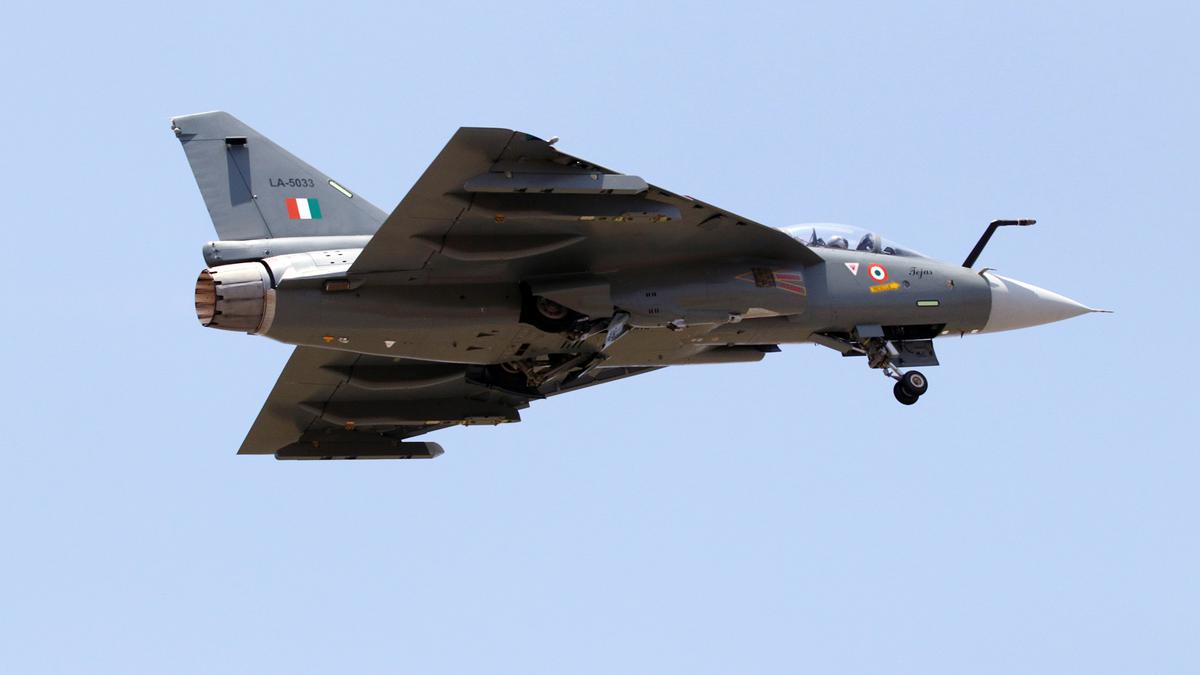
The Indian Air Force (IAF) is gearing up for a significant modernization leap as No. 23 Squadron, the “Panthers,” emerges as the frontrunner to transition to the highly anticipated LCA Tejas Mk1A fighter jet.
Currently stationed at AFS NAL, the Panthers fly the venerable MiG-21 Bison – the last variant of this iconic aircraft in IAF service. Their relocation to AFS NAL in June 2024 aimed to streamline maintenance and operations for these soon-to-be-retired jets. Notably, No. 3 Squadron, a sister squadron also stationed at AFS NAL and currently flying MiG-21s, will follow suit and be decommissioned next year.
Continue readingSOURCE: IDRW.ORG

The Indian Army has taken a step towards modernizing its infantry equipment by floating a tender to procure 116 Tritium Illuminated (TI) sights for the Tar-21/X-95 assault rifles. These sights are likely destined for two units based in Udhampur, Jammu and Kashmir, a strategically important region.
TI sights are advanced aiming devices that utilize tritium, a radioactive isotope, to provide illumination in low-light conditions. This allows soldiers to effectively engage targets at dawn, dusk, and even during nighttime operations.
Continue readingSOURCE: IDRW.ORG

Hindustan Aeronautics Limited (HAL) recently received a Request for Proposal (RFP) for the supply of 156 LCH Prachand attack helicopters, with 90 units earmarked for the Indian Army and 66 for the Indian Air Force (IAF). However, this might just be the beginning for the Prachand’s journey with the IAF.
The IAF is reportedly reconsidering its plans to procure additional heavy-lift Apache attack helicopters. This opens the door for a potential expansion of the Prachand order. The IAF is impressed with the Prachand’s capabilities and might opt for more indigenous helicopters to fulfill its needs.
Continue reading